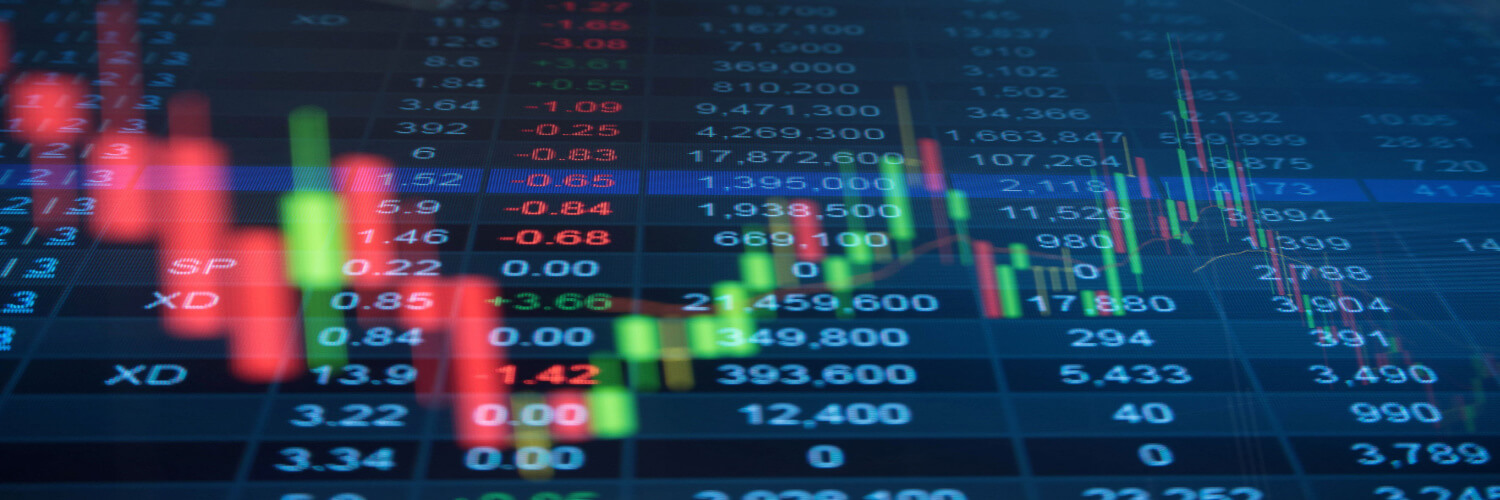What is an ADR?
ADR is the abbreviation for an ‘American Depositary Receipt’. It is a certificate that guarantees a foreign share that is not American. In this way, investors can trade their shares in non-American companies on the American stock exchanges . In addition, an ADR has the same rights at all times as the ordinary shares within a company. The biggest difference is the listing in American dollars. Just like with ordinary shares, you will receive dividends and you will therefore also be able to make profits. The biggest advantage of this listing is that you have to deal with lower administrative costs and there is no foreign transaction tax.
How ADRs work explained
The operation of ADRs can be conveniently explained using a few steps. First, a financial institution buys shares of a company on a local stock exchange. In most cases, this institution is an American bank. After purchasing the shares, they are issued in the form of certificates on the American stock exchange. The institution then decides how many shares a purchase of an ADR is equivalent to.
The Dutch companies and ADR
There are several Dutch companies on the New York Stock Exchange that can be traded via ADRs. These include:
- Aegon
- ArcelorMittalASML
- Galapagos
- AT
- Philips
- RELX
- Royal Dutch Shell
- Unilever
ADRs in different types
There are many different types of ADRs in the US. These differ in the degree of regulation, where trading takes place and whether capital is raised on the market.
Sponsored ADRs
A sponsored ADR is essentially a partnership between a foreign company and an American bank. A legal agreement is drawn up and the bank handles the settlement with investors. The company pays the costs of issuing and retains control over the certificate. In this case, a specific ADR will always be issued. So you won’t find any more.
There are three levels to be found in these sponsored ADRs:
- Level 1
The basics. A foreign company often does not want to raise capital with this and they often do not qualify according to the rules of the SEC (Security and Exchange Commission). These are often traded on Over-The-Counter (OTC) markets. Many investors see this as a riskier way to invest. - Level 2
SEC regulation is more enforced and ADR is visible. Trading volumes are often higher. - Level 3
These ADRs are issued via a public offering and are intended to raise capital for a company. For this, everything must comply with SEC regulations. They are most similar to normal shares and are listed on one of the larger stock exchanges.
Non-sponsored ADRs
In this case, an American bank has bought the shares of a foreign company and trades them on the OTC market. The company does not need to give permission for this. Several banks can issue the ADRs, while they do contain different characteristics. Think of the size of the dividend of a share . They also never have voting rights and will give you less power as a shareholder .

The Benefits of American Depositary Receipts
As an investor, you naturally also want to know what the advantages of ADRs are. This will also help you decide whether ADRs are interesting for you. You can read the most common advantages below.
Access to foreign companies
As an investor, you can invest in foreign companies. Although you can do it directly, there are many brokers who do not offer you this possibility. There are brokers, including DEGIRO , who offer you access to the American stock markets for a fee. For investors, it is therefore easier to buy shares because ADRs are issued.
SEC regulations applied
The ADRs always comply with the Securities and Exchange Commission regulations. This is the American regulator that monitors actions related to the stock exchanges. Despite the fact that there are many different regulators, the SEC is considered one of the strictest in the world. This results in better protection and information for investors. Certain risks, which occur more frequently in emerging economies, are therefore better covered in this case.
Disadvantages of American Depositary Receipts’s
While you want to benefit from the advantages, you should also consider the disadvantages of ADRs that you may encounter as an investor. Some disadvantages of these certificates are therefore listed below.
Denomination in dollars
As an investor, you often have to deal with a double Forex risk. This is because an ADR is listed in dollars, while the underlying share has a different denomination. As a result, the exchange rate of the two currencies also affects your return. In fact, with an ADR you have to deal with two different rates that can be both good and bad.
Double dividend tax
ADRs always pay dividends. In this case, the dividend is taxed both in the home country and in the US. As a foreign investor, there is therefore a good chance that you will be faced with double taxation. This is often referred to as dividend leakage.
ADR of IDR
In fact, an IDR and ADR are the same. In the case of America, it is known as an ADR and in other countries an IDR (International Depositary Receipt). In addition, EDR and GDR will also come up when the shares are traded on the European stock exchange.
Compare brokers and start investing yourself
Now that you know everything about ADRs, are you interested in investing and looking for the best broker for your investments? Then use our comparison tool!